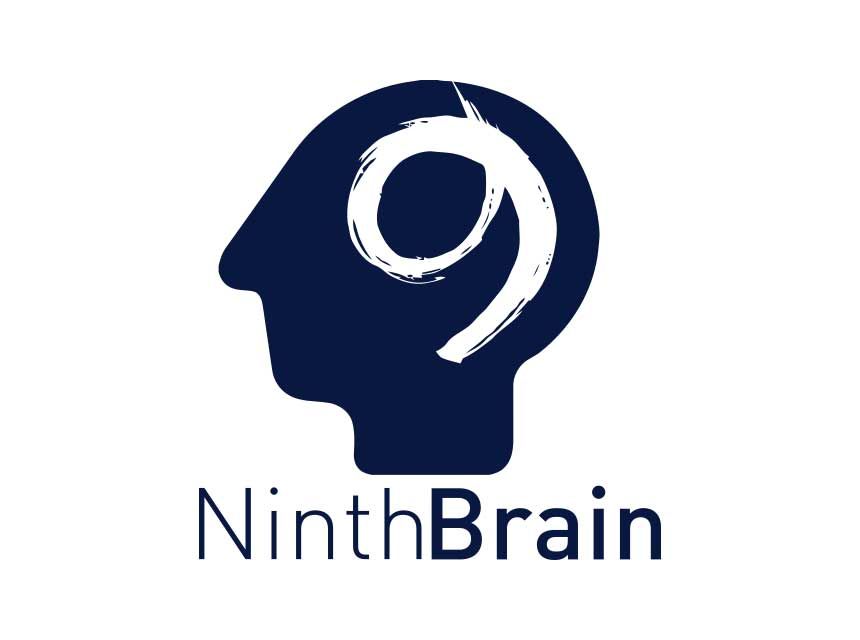FOR IMMEDIATE RELEASE
In the ever-evolving landscape of workforce management, Ninth Brain emerges as a pioneering force, dedicated to delivering innovative solutions that prioritize cutting-edge technology, user-friendly features, and steadfast compliance.
As Ninth Brain continues its journey, they are thrilled to unveil insights into key functionalities that position them as a leader in the industry.
Developer Open API: Seamless Integration
Central to Ninth Brain’s commitment to seamless data integration is their Developer Open API. Features like the Forms Module API Endpoint enables management to effortlessly retrieve form responses, facilitate in-depth analysis and examine with external dashboard utilization. The Run Log Module API Endpoint empowers management to monitor and analyze debriefs, chart reviews, and utilization responses, providing invaluable insights into its patient care.
OSHA Logs and Electronic Reporting: Simplified Compliance
In the realm of Emergency Medical Services, compliance with OSHA regulations is paramount. Ninth Brain’s Employee Health module streamlines the management of workplace injuries, illnesses, and incidents. This not only ensures compliance but also enhances reporting efficiency, enabling EMS agencies to focus on their life-saving missions.
Captain Grey Matter/Co-Owner, Lisa Tedford, underscores the commitment: “Our team is dedicated to researching regulations and finding innovative ways to enhance our platform. We aim to alleviate tasks for busy administrators, making our partners more efficient and ensuring ongoing compliance. The recent update to the Employee Health module was driven by the need to keep agencies compliant with the new 2024 electronic reporting mandate, designed to simplify the submission process.”
Single Sign-On: Effortless Access
Ninth Brain’s adoption of Single Sign-On (SSO) has revolutionized the user experience, providing a simplified and secure login process. Centralizing authentication, SSO reduces password fatigue, enhances security, and streamlines administrative management. Password Administrators are encouraged to explore the benefits of SSO with their tech teams, as enabling this feature is an impactful and positive change.
Accreditation Assistant: Streamlined Process
Notably, Ninth Brain recently introduced the Accreditation Assistant, revolutionizing the compliance journey for EMS leaders with features tailored for accreditation and reaccreditation, streamlined processes, and intelligent recommendations, reinforcing Ninth Brain’s commitment to comprehensive solutions.
Co-Owner Holly Taylor emphasizes, “At Ninth Brain, we’re all about making things better. Our latest software enhancements? They’re like your personal efficiency boosters, helping our partners get things done smarter and keeping them in the compliance sweet spot. We’re not just here to deliver software; we’re here to make their work life a whole lot easier!”
By highlighting these features, Ninth Brain reaffirms its commitment to supporting EMS agencies in optimizing workforce management, ensuring compliance, and contributing to the successful delivery of life-saving services. As they look ahead, Ninth Brain remains at the forefront of industry compliance, continuously enhancing its software to meet the evolving needs of its clients.
About Ninth Brain: Ninth Brain’s mission is to be a long-standing partner with First Responder agencies by providing quality and intuitive software solutions that evolve with the industry. They bundle comprehensive software with a fun, devoted, and knowledgeable support team that make their clients their top priority. Throughout the past 20+ years of their journey, Ninth Brain has continuously developed enhancements to provide efficiencies, aid in industry compliance, and ultimately elevate patient care practices. Ninth Brain offers Credential Tracking, Learning Management System, Workforce Scheduling, Quality Improvement Tracking, Digital Forms and Checklists, and more! To learn more, visit www.ninthbrain.com
Contact: Holly Taylor, Chief Hat Holder
Phone: 888-364-9995 ext. 320
Email: Holly@ninthbrain.com
















